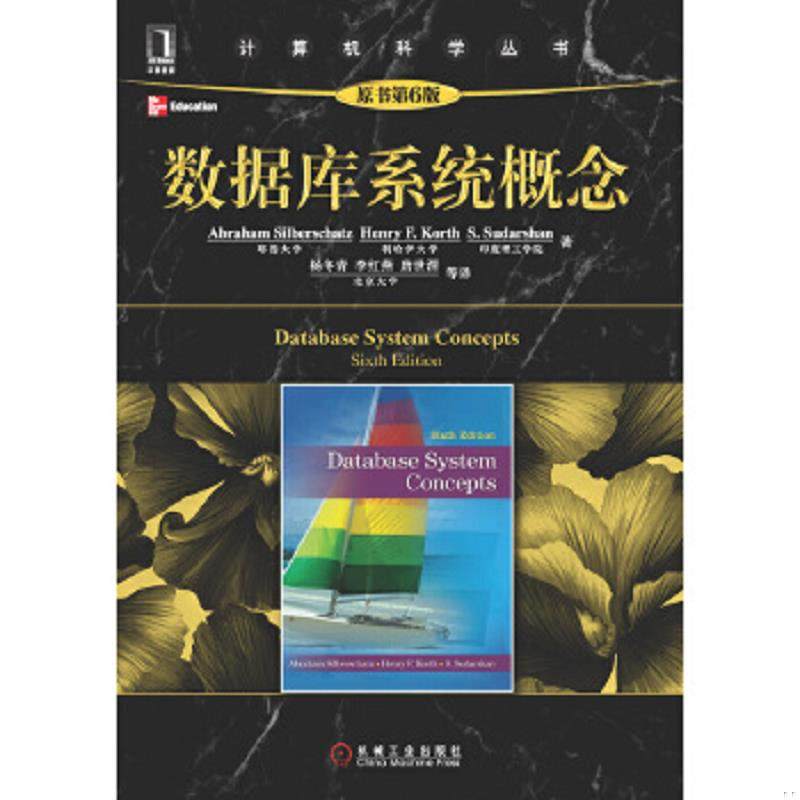同理,trim标签也可以实现set标签的功能
<update id="updateUser" parameterType="com.scme.pojo.User">
update user
<trim prefix="set" prefixOverrides=",">
<if test="username!=null"> username=#{username} </if>
</trim>
<where>
<if test="id!=null"> id=#{id} </if>
</where>
</update>
2.4 foreach标签:foreach标签实现批量删除,直接上代码
<delete id="batchDelete" parameterType="java.lang.String">
delete from user
where id in
<foreach item="id" index="index" collection="list"
open="(" separator="," close=")">
#{id}
</foreach>
</delete >
注:foreach标签可迭代任何对象(如列表、集合等)和任何的字典或者数组对象传递给foreach作为集合参数,当使用可迭代对象或者数组时,index是当前迭代的次数,item的值是本次迭代获取的元素。当使用字典(或者Map.Entry对象的集合)时,index是键,item是值。collection标签可以填('list','array','map')。
foreach元素的属性主要有 item,index,collection,open,separator,close。
item表示集合中每一个元素进行迭代时的别名;
index指 定一个名字,用于表示在迭代过程中,每次迭代到的位置;
open表示该语句以什么开始,
separator表示在每次进行迭代之间以什么符号作为分隔符;
close表示以什么结束。
3.bind
bind 元素可以从 OGNL 表达式中创建一个变量并将其绑定到上下文。比如:
<select id="selectBlogsLike" resultType="Blog">
<bind name="pattern" value="'%' + _parameter.getTitle() + '%'" />
SELECT * FROM BLOG
WHERE title LIKE #{pattern}
</select>
4.Multi-db vendor support
一个配置了“_databaseId”变量的 databaseIdProvider 对于动态代码来说是可用的,这样就可以根据不同的数据库厂商构建特定的语句。比如下面的例子:
<insert id="insert">
<selectKey keyProperty="id" resultType="int" order="BEFORE">
<if test="_databaseId == 'oracle'">
select seq_users.nextval from dual
</if>
<if test="_databaseId == 'db2'">
select nextval for seq_users from sysibm.sysdummy1"
</if>
</selectKey>
insert into users values (#{id}, #{name})
</insert>
动态 SQL 中可插拔的脚本语言
MyBatis 从 3.2 开始支持可插拔的脚本语言,因此你可以在插入一种语言的驱动(language driver)之后来写基于这种语言的动态 SQL 查询。
可以通过实现下面接口的方式来插入一种语言:
public interface LanguageDriver {
ParameterHandler createParameterHandler(MappedStatement mappedStatement, Object parameterObject, BoundSql boundSql);
SqlSource createSqlSource(Configuration configuration, XNode script, Class<?> parameterType);
SqlSource createSqlSource(Configuration configuration, String script, Class<?> parameterType);
}
一旦有了自定义的语言驱动,你就可以在 mybatis-config.xml 文件中将它设置为默认语言:
<typeAliases> <typeAlias type="org.sample.MyLanguageDriver" alias="myLanguage"/> </typeAliases> <settings> <setting name="defaultScriptingLanguage" value="myLanguage"/> </settings>
除了设置默认语言,你也可以针对特殊的语句指定特定语言,这可以通过如下的 lang 属性来完成:
<select id="selectBlog" lang="myLanguage"> SELECT * FROM BLOG </select>
或者在你正在使用的映射中加上注解 @Lang 来完成:
public interface Mapper {
@Lang(MyLanguageDriver.class)
@Select("SELECT * FROM BLOG")
List<Blog> selectBlog();
注意 可以将 Apache Velocity 作为动态语言来使用,更多细节请参考 MyBatis-Velocity 项目。
到此这篇关于MyBatis动态SQL标签的用法详解的文章就介绍到这了,更多相关MyBatis动态SQL标签内容请搜索
更多SQL内容来自木庄网络博客





